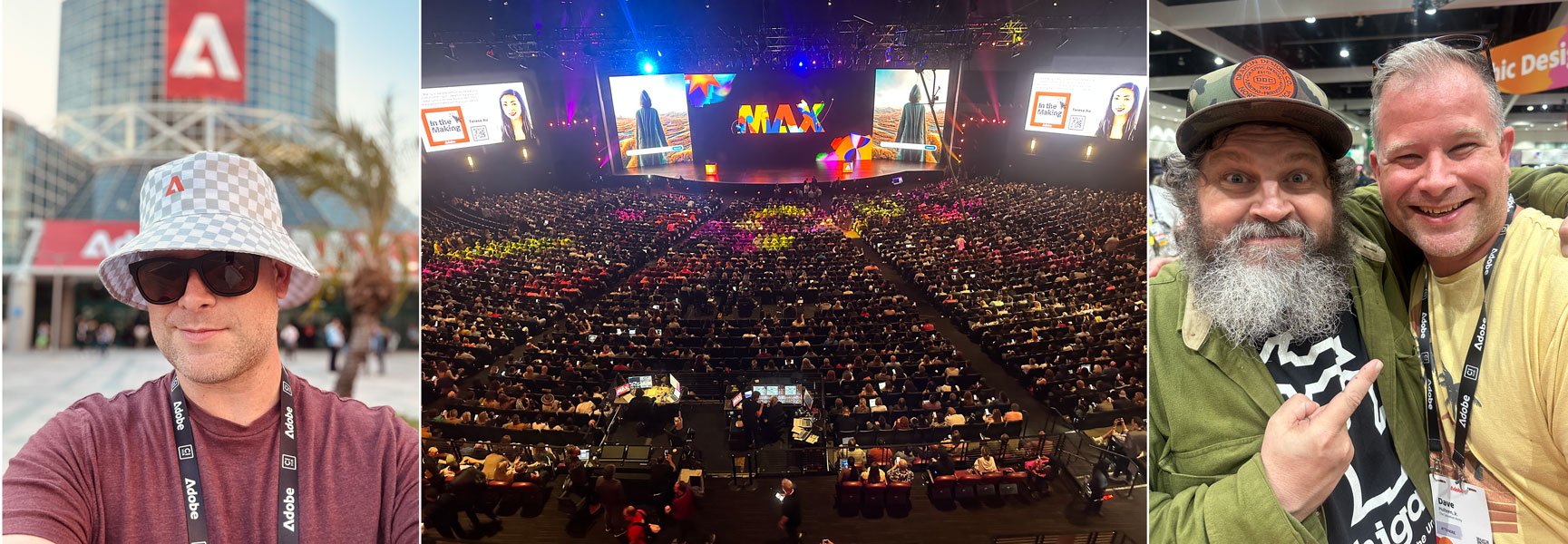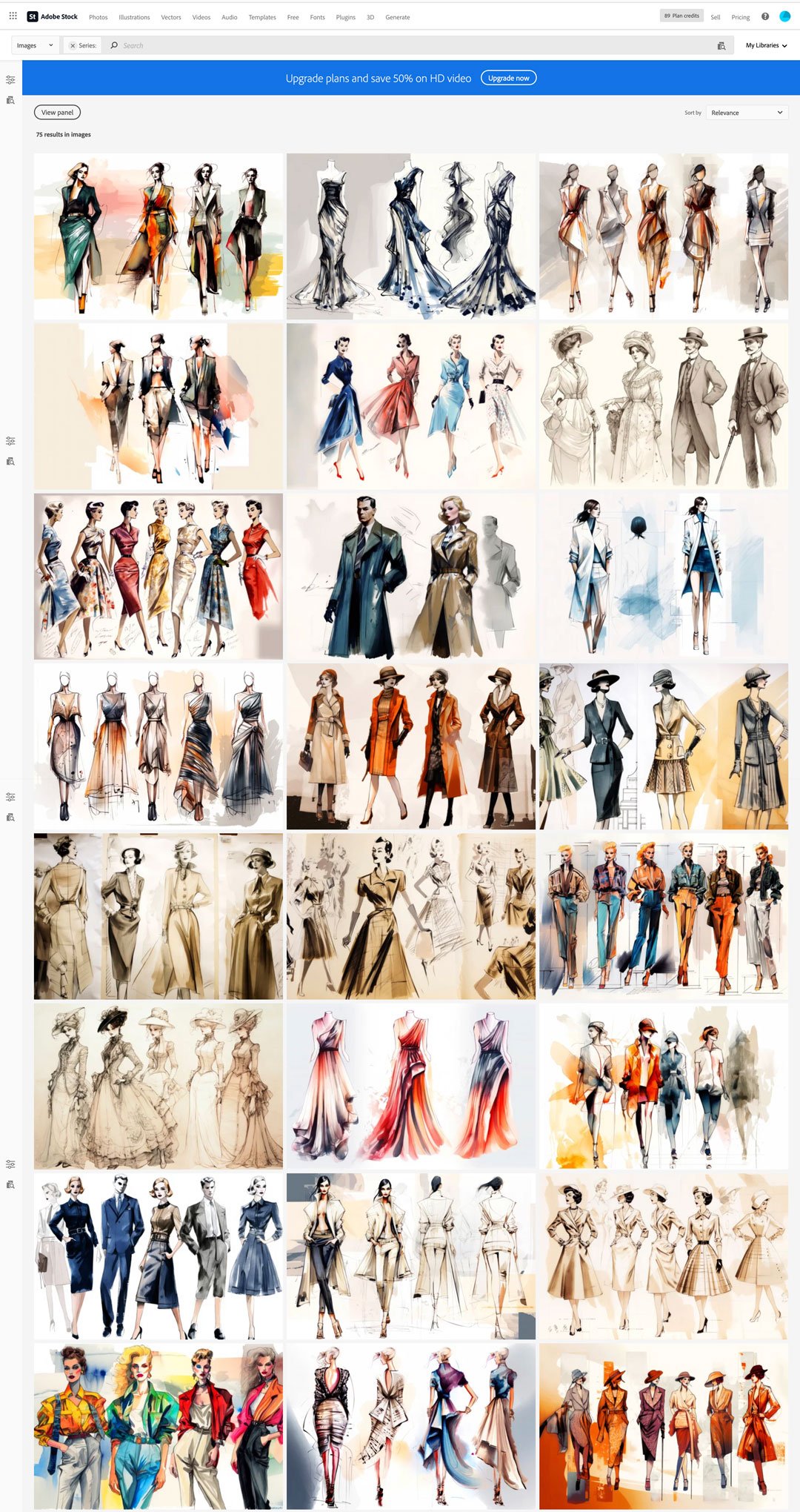If you’ve read my blog before, well first of all, thank you! But secondly, you may know I’ve written about AI in the past as well. My first look into the topic was very hopeful but wary. Essentially, I was initially inspired by Yuval Noah Harari’s Homo Deus: A Brief History of Tomorrow. What was most exciting about this book was Haran’s optimistic outlook to how AI could tremendously help and progress medicine and science. This is still something to be excited and hopeful for. AI has the potential to move humanity forward in a wonderful way.
In that same post, I also wrote that many artists had noticed that their art had been used without their permission to train the AI. But I know now that’s misleading, because AI isn’t actually learning to draw, it’s just mashing other people’s art together, it’s stealing. But I still ended that post with a touch of hopeful idealism, a warning that personal data is really what’s at stake in all this, and the push to be more cognizant about how we use AI moving forward.
Almost a year later, I wrote again about AI, but this time with my tone leaning more towards annoyance than maintaining that optimism. That frustration was based on the ubiquity of AI in stock image sites. Despite my more exasperated tone, my thought was, “It ain’t goin’ anywhere, so let’s try and figure out how to live with it.”
Now here we are again.
Let me say, my thoughts and opinions on generative AI have changed considerably in the last few years. The key word here though is generative AI. All that hope I had in regards to Yuval Noah Harari’s book remains firm in what is now more specifically referred to as Non–Generative AI. In those areas, AI still has the potential to do some real good, and in a lot of ways, it is. The popular genetic testing service, 23andMe uses machine learning to help its users discover if they may be more susceptible to certain diseases as just one of the many additional perks you can opt into. This information doesn’t mean you have a certain disease or that you’ll definitely be diagnosed with that particular disease sometime in the future either. It is however, a means to take preventative steps to help reduce any risk you may have in relationship to that specific disease. There are some more problematic issues with how convoluted and difficult it is to understand those terms of service and privacy policies, but pretending for just one hot second that capitalism is a caring and even altruistic system, and all of us get along happily; this idea is straight out of the pages of Homo Deus.
Generative AI—I.e. putting a prompt into a text box where AI then quickly creates an image, video, or even music—is none of that. It’s straight up theft. It’s not creative, it’s just mashing up other people’s art into an unholy amalgamation of mostly really, really messed up stuff. If what you put out into the universe is what you get back, Generative AI is boiling, hateful, sewage. I hope you had a light lunch!
Now to be fair, there is a very small number of artists who have started training AI on their own art to assist with their own efforts. This can include coloring line art (based on their specific styles and desired color palettes), refining rough concept sketches, or even changing the lighting and light source. Many can view this as that new thing that other people will call out incorrectly as cheating. Is digital art, art? Is an Apple Pencil the same as a paint brush? Is smart shaping that different from a protractor, compass, or set of French curves? They are all tools that assist the artist, and while they certainly help and make life easier, I can tell you first hand that if you can’t draw to begin with, none of those tools are going to competently allow you to “fake it.”
Illustration by me
Filling in a text prompt and then checking TikTok for the few seconds it takes a generative AI program to give you some options based on said prompts is as effective a tool as claiming that by turning your gas stove on makes you Prometheus.
In that second post I wrote about AI, I noted that big name corporations like Adobe use good faith clauses to only allow generative AI learning on its cultivated stock. But many (if not most) generative AI programs are set loose to train off of everything on the World Wide Web, without permission—or at the very least, bury that information in their user agreements. There are a whole lot of problems with that which are terrifying if you give them even a second of thought, but what is starting to happen is inbreeding, where generative AI is learning from what it has already put out!
There are so many other creatives who have pointed this stuff out and in a much more cohesive fashion with excellent research. I highly recommend watching both Drew Gooden’s video AI is ruining the internet and Gabi Belle’s video Everything Wrong with AI
But the truth of the matter is that this blog post—as hopeless and depressing as it is—serves as my attempt to return to posting here more regularly. I’m excited to start writing more, and I hope that you’ll check out my future posts as I continue forward. I promise they will not be this bleak!
I’m also going to try and start posting more artwork again! How frequently that happens will probably not be as consistent as I’m hoping to be with this blog, but when I do it will definitely still be on Instagram. I’m not really loving X at all anymore (who is?!), but for now I’m still there @davehulteen I’m also going to give TikTok a try and I also just joined Substack as drawingdave so let’s try and connect!



















